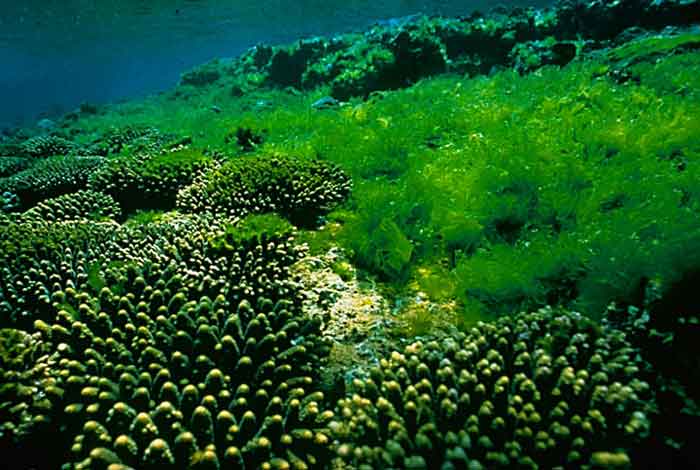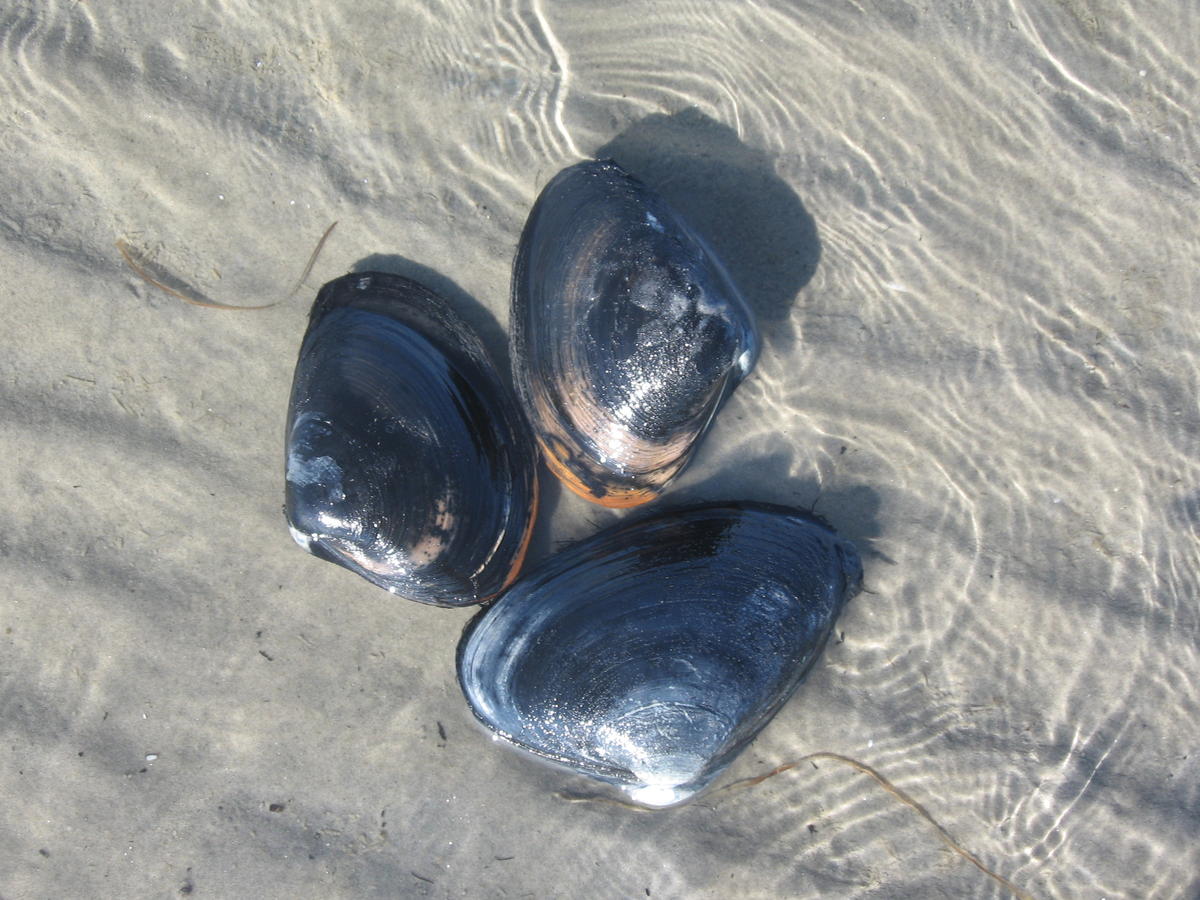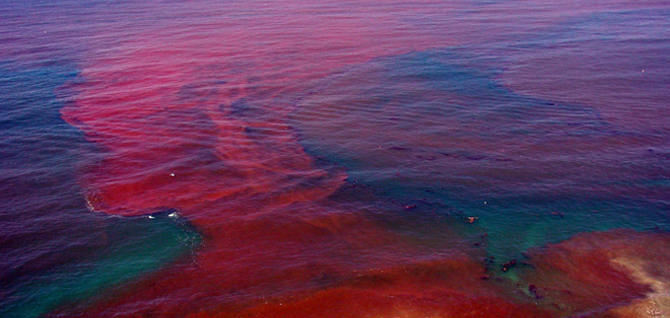At the core of how to animals in the ocean keep the ocean alive and well has a lot to do with the food chain. Here's a rough idea of the oceanic food chain for those of you who may be unfamiliar.
Level 1: Algae

Level 2: Herbivores (Sea urchins, clams, and other algae eaters)

Level 3: Tiny Carnivores (Crabs, sea stars, lobsters, etc.)

Level 4: Small Carnivores ( mackerel, small fish, squid)

Level 5: Large/Medium Carnivores (Tuna, flounder, bass, tarpon, small sharks etc.)

Level 6: Apex Predators (Large Sharks)

So at the highest level of the ocean food chain are sharks and orcas. Sharks inhabit all oceans in the world. Large carnivores make up the second highest level of the food chain. These include tunas and large fish that would often times be preyed upon by large sharks. These animals have a very high reproductive rate to aid in keeping their populations up. The third level down the chain is the small carnivores. These include squids and small fish such as mackerel. All of these animals typically have a very high reproductive rate as they need to be able to keep their populations up against larger fish who also reproduce at a high rate. See the developing trend? The fourth level down is the tiny predators. These animals include crustaceans, and baby fish. Fifth down the ladder is the herbivores. These would be clams, muscles, sea urchins, and other algae eaters and filter feeders that eat algae. Again, there is a high reproductive rate with these animals. At the bottom of the food chain is the algae itself.
So that is how the oceanic food chain usually works. Now lets take the top of the chain out and see what happens. So lets remove this...

So now that we remove the top predators, these fish become the top of the food chain.

Keep in mind that these fish have a high reproductive rate, something that the sharks did not have, so there are now far more apex predators in the oceans than ever before. Many of these fish target the smaller carnivores. Eventually, the populations of the new apex predators would exceed the smaller predators since nothing is eating them and they are eating the smaller predators. As a result the small carnivore population decreases which causes the tiny predator populations to increase. Eventually, the small carnivore population would be wiped out. So now the food chain looks like this from the top this time...
Level 1: Large Predators

Level 2: Tiny Predators

Level 3: Herbivores

Level 4: Algae

So now we have an incredibly high population of apex predators. Many of these predators do not eat tiny carnivores so they're populations have also increased, but not to the point of the apex predators as some of those top predators (the medium carnivores) do eat the tiny predators. So where does that leave the herbivores and algae? The herbivore population has at this point decreased a great deal due to the tiny predator population increasing. Eventually what will happen is the large carnivores would die out as they no longer have the small carnivores to eat and the medium carnivores would take over. This, as you might guess by now causes the tiny predator and herbivore populations to decline rapidly. By the time all is said and done, here is what the food chain will look like from top down...
Level 1: Medium Carnivores

Level 2: Algae

All that's left is the medium carnivores and algae. With no food to eat, the medium carnivores would rapidly die out. The algae would have by then taken over the oceans and made them look kind of like this...

That is not blood in the water, that is red algae. Some algae is good, other algae is bad. The algae that is most likely to take over the seas is hazardous to human health. It is also dangerous to the seas themselves. Eventually this algae will cause the oceans to become essentially a massive toxic dump. No life will be able to survive in the ocean and as you may be contemplating. This means that life on land will not be able to exist. The ocean is our greatest resource and if things don't change it will be the death of us all. Sharks are what is keeping the balance of the ocean in check. Remove them and as you can see things will fall apart at a rapid pace. There is proof already in the world.
Example 1: The Chesapeake Bay
Due to local shark species becoming rarer and rarer, cownose ray populations have exploded. With nothing to prey on them, the ray populations are taking over the bay and as a result, the shellfish populations have crashed in the bay and people are now trying to reduce the ray population and increase the shellfish population. This could work on a small scale, but would never work on a global scale.
Example 2: Tasmania's Spiny Lobster Fishery
Local shark species off of Tasmania were decimated and as a result octopus populations exploded. Much like in the Chesapeake, the shellfish populations suffered as a result. In this case, the spiny lobster populations were virtually wiped out. This led to a crash in Tasmania's spiny lobster fishery.
Now both of those examples are on a small scale, but there is a similarity with both examples. Sharks were removed from the area and the medium carnivores took over and at an alarming rate, the shellfish were killed off. These animals are keeping the medium carnivore populations in check and as evidenced, without them, Tasmania's spiny lobsters, and the shellfish of the Chesapeake are just the start. 100,000,000 sharks are being slaughtered each year. We are the only ones who can stop that from happening and help restore the oceans to a proper balance and a healthy food chain!